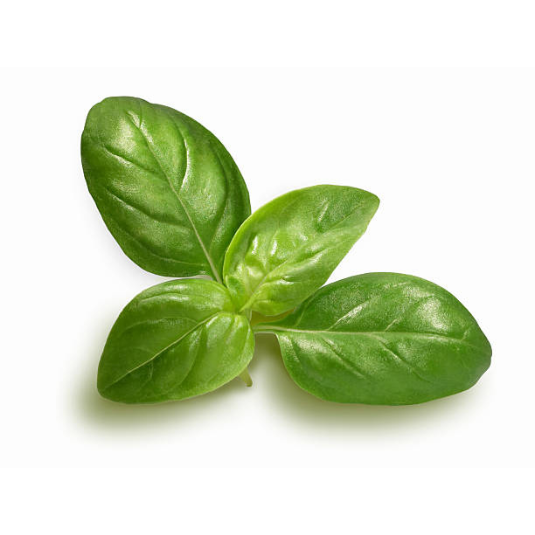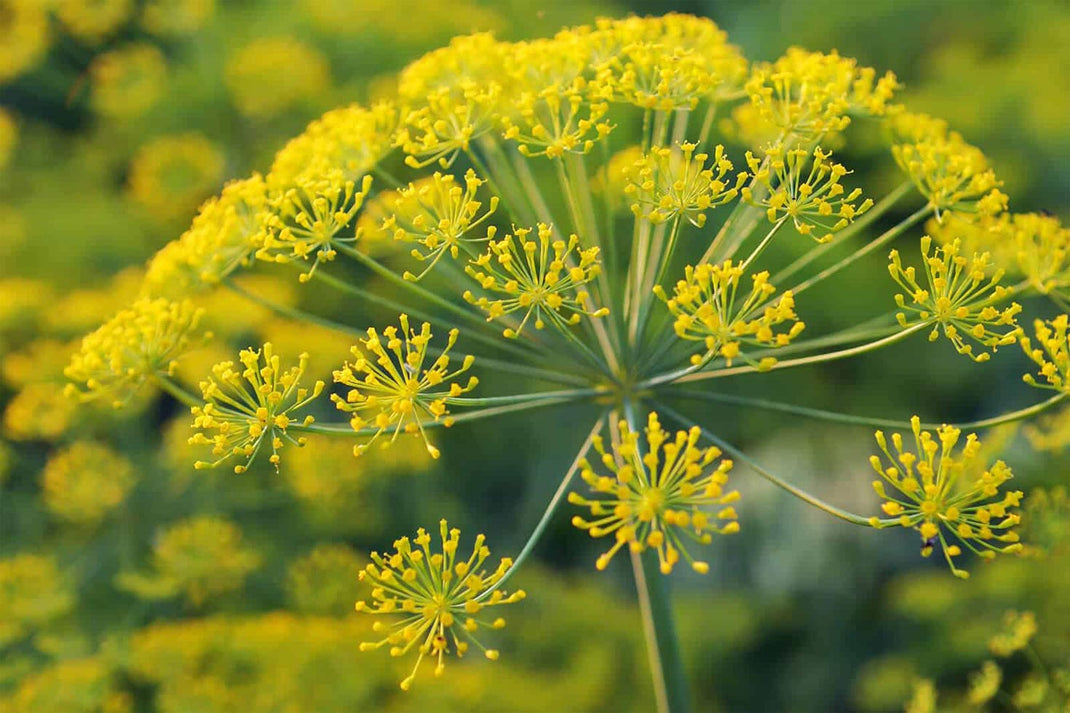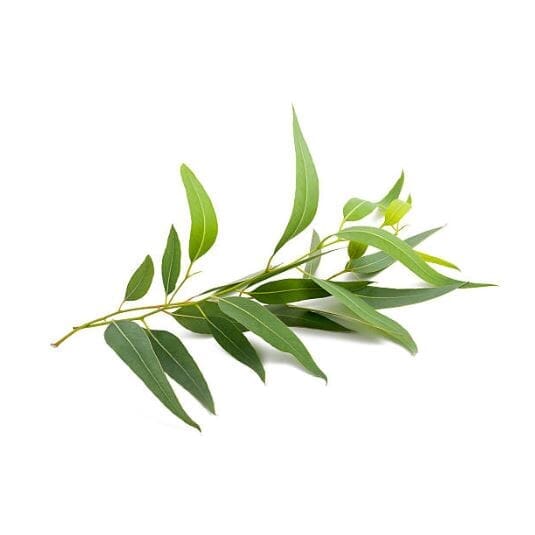Where does the word tea come from?
Tea is a beverage originating in China, called “chá” in Mandarin. Its name has been adopted in many languages, including French. Indeed, the etymology of the word “tea” comes from the Chinese term “téhé,” which means “tea leaf.” Tea is extracted from the leaves of a shrub called Camellia Sinensis, which grows in tropical and subtropical regions of Asia.
In the beginning…
Tea has a long history, dating back over 5,000 years to China. Over the centuries, tea culture spread throughout Asia and the world. Europeans were introduced to tea in the 16th century through trade with Asia. Tea quickly became a popular beverage in Europe, particularly in England, where the art of the tea ceremony developed.
Today, tea is widely consumed around the world. It is increasingly used in perfumery to create unique and original fragrances. Tea notes can be combined with other natural ingredients such as citrus, flowers, or spices to create a harmonious and elegant composition. Tea is therefore a valuable ingredient for perfumers seeking to create subtle and refined fragrances.
DID YOU KNOW? Tea is the second most consumed beverage in the world after water. It is enjoyed in many cultures and countries, and its consumption far exceeds that of coffee!
Tea cultivation
The world's major tea-producing regions are China, India, Sri Lanka, Japan, and Kenya. These countries are renowned for their tea plantations and produce a wide variety of teas, each with its own distinct characteristics and flavor profiles.
The process of growing the tea plant, also known as Camellia sinensis, involves several key steps. First, selecting tea varieties suited to the climate and soil conditions is essential. Tea plants are usually grown from cuttings or seeds in nurseries before being transplanted into the fields.
The tea plant thrives in regions with a subtropical to temperate climate and requires well-drained, slightly acidic soil. Once transplanted, the plants are maintained regularly. This includes regular irrigation, pruning the trees to promote healthy growth, and protection from pests and diseases.
Tea is generally harvested when the leaves are young and tender. The two most common harvesting methods are the two-leaf, one-bud method and the single-bud method. The leaves are hand-picked to preserve their integrity and quality.
After harvesting, the tea is withered and rolled to initiate oxidation, giving it its rich color and flavor. Finally, the tea leaves are sorted according to size and quality, then packaged in appropriate containers to maintain their freshness until tasting.
The different types of tea
There are several types of tea, but the most important is Camellia sinensis . Within this species, there are different varieties grown to produce different types of tea. The tea plant Camellia sinensis var . sinensis is native to China and is used to produce teas such as green tea, white tea, and black tea. The tea plant Camellia sinensis var. assamica is native to Assam, India, and is used to produce mainly black tea. Other less common varieties include Camellia sinensis var. pubilimba and Camellia sinensis var. dehungensis , which are also used to produce specialty teas in some regions.
In perfumery, there is no specific tea species used, but rather extracts and essences derived from tea leaves. Tea extracts used in perfumery can come from different varieties of tea, primarily Camellia sinensis . The tea leaves undergo extraction and distillation processes to obtain essential oils or absolutes that capture the characteristic aromas of tea.
Some perfume brands may also use tea-inspired accords and olfactory notes to create unique fragrance compositions. These accords may incorporate notes of green tea, black tea, white tea, or other tea varieties to capture the essence and specific aroma of tea in the fragrances.
GOOD TO KNOW!
In addition to its unique flavor profile and influence on the perfume industry, tea also offers numerous health benefits. Studies have shown that regular tea consumption can reduce the risk of heart disease, diabetes, and certain types of cancer. Tea is also known to improve brain function, aid weight loss, and strengthen the immune system. Additionally, tea contains antioxidants that can help protect the body from cellular damage caused by free radicals.
What did you know about tea in perfumery?
Tea has long been used for its unique and complex aromatic properties. Tea leaves are often hand-picked and dried to produce concentrated extracts, which are then used in perfumery. Tea scents can vary greatly depending on the type of tea used, ranging from fresh, grassy notes to richer, more intense notes.
In perfumery, the tea accord can be used alone or combined with other ingredients to create unique olfactory accords. Popular accords include:
• The tea-bergamot accord is a classic, beloved for its refreshing and energizing blend. Bergamot offers a bright, tangy note, evoking sunny days, while tea brings a soothing subtlety. Together, they create a revitalizing fragrance, reminiscent of a light, invigorating breeze.
• The tea and jasmine accord combines the delicate, floral aromas of jasmine with the subtle freshness of tea. Jasmine exudes a sweet and captivating scent, evoking lush gardens, while tea adds a lightness and natural elegance. This combination creates a romantic and delicate fragrance, reminiscent of a stroll in a sun-drenched flower garden.
• The tea-iris accord is renowned for its powdery and sophisticated note. Iris offers a soft and textured scent, reminiscent of the finesse of petals. Combined with tea, it creates a soft and sophisticated fragrance, evoking a subdued and elegant atmosphere. This accord is often associated with timeless femininity and creates a comforting and refined ambiance.
The legendary tea flavors...
Tea has become a popular ingredient in the perfume industry, with many famous fragrances featuring this essence.
• Eau parfumée au thé vert from BVLGARI is a cologne that combines a green tea accord with bergamot and beeswax. This cologne for men and women pays homage to Japanese tea.
• Green Tea by Elizabeth Arden is an eau de parfum for women that celebrates the soul and spirit through this fragrance with a fresh, light and sparkling scent, awakens your senses and harmonizes the mind.
• The Yulong Tea Eau de Parfum from the Armani Privé collection, launched in 2020, combines notes of green tea and black tea with mandarin and lime.
• Aqua Allegoria Mandarine Basilic by Maison Guerlain is a refreshing and invigorating fragrance that harmoniously blends the sparkling notes of mandarin with the aromatic freshness of basil, creating a light and sunny olfactory experience.
• Floral Romantique by Maison Guerlain is a delicate and elegant eau de parfum that captures the essence of romance with its soft and enveloping floral notes, creating an aura of femininity and sensuality.
Over time, tea has proven itself to be a lasting and captivating ingredient in the perfume industry, and its popularity shows no signs of slowing down.
UNUSUAL! In 2016, a team in Kazakhstan created the world's largest teacup. It measured 3.35 meters tall and weighed over 300 kilograms!
Tea X Good Perfumer
Bon Parfumeur, a French brand and perfume maker, offers:

• Eau de parfum 102 : is an eau de parfum with tea, cardamom and mimosa. An explosion of colors: sparkling bergamot, coriander and cardamom! This clever blend offers us a scent of green tea. Grasse mimosa plays the main role in the heart of this creation, supported by powdery jasmine. Musks and oakmoss in the background warm the trail.
• Finally, to perfume your home, discover the 04 candle and diffuser at Bon Parfumeur. Combined with smoked black tea, hemp and birch bark, these fragrances are the perfect combination of refinement and naturalness!










